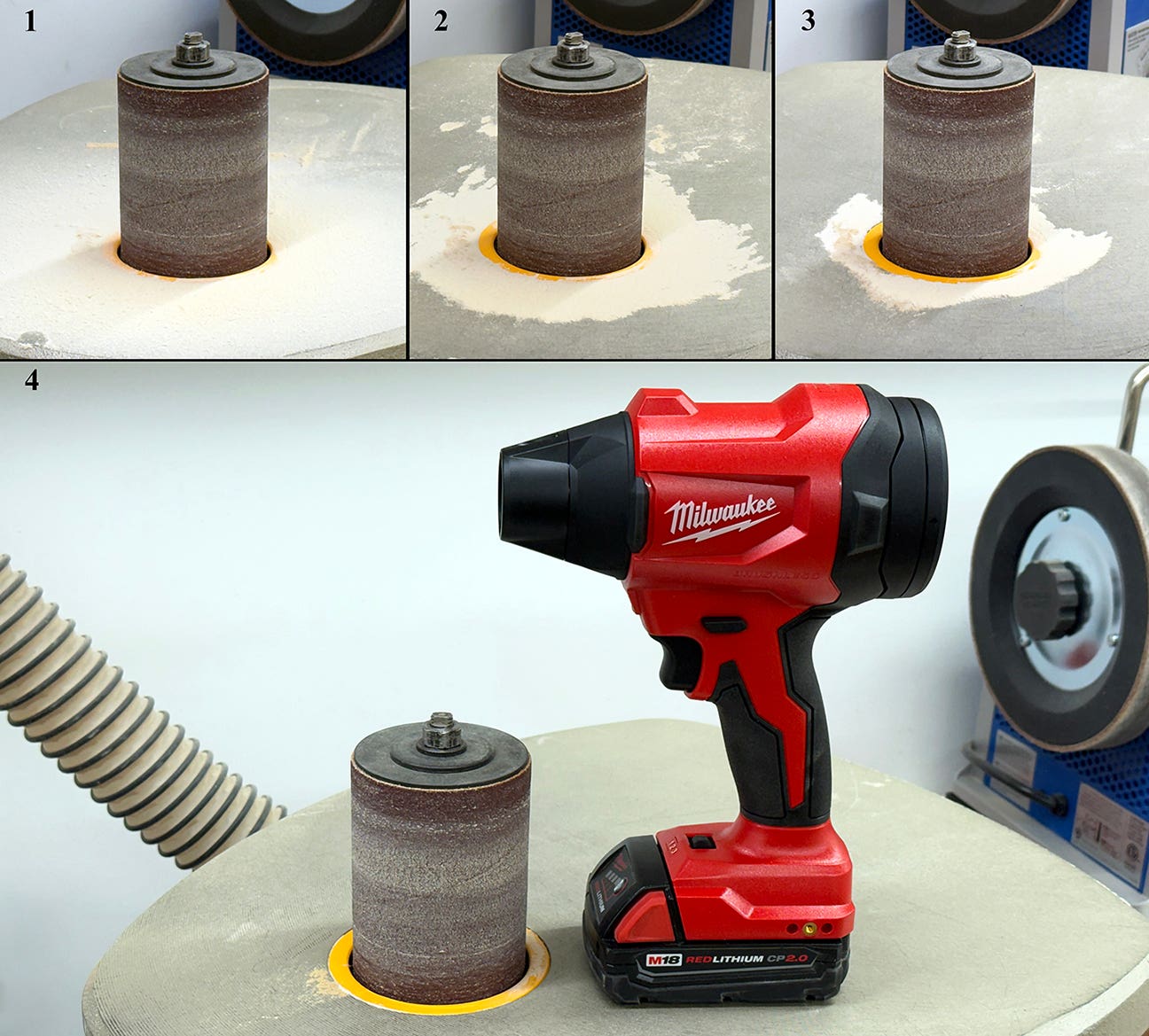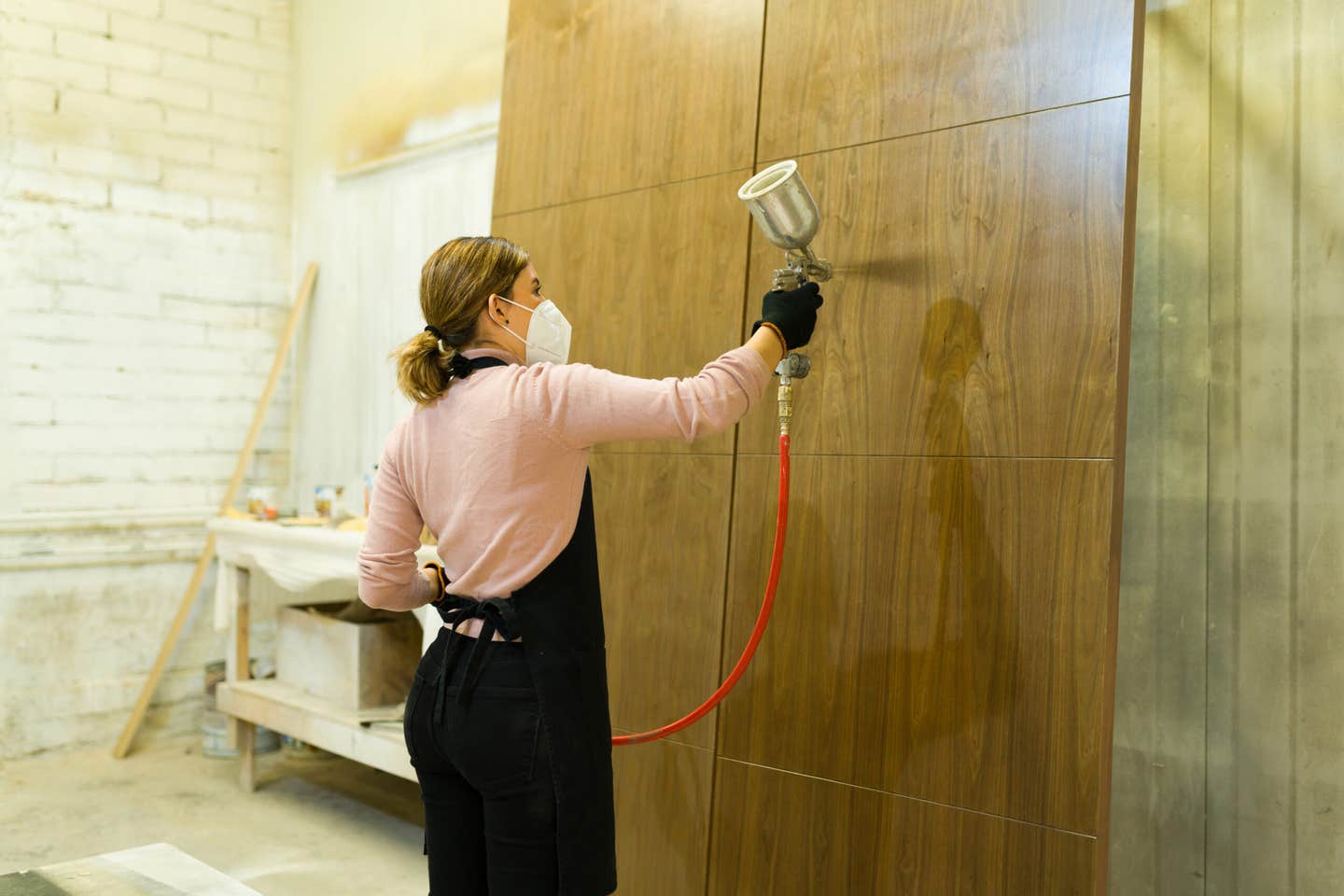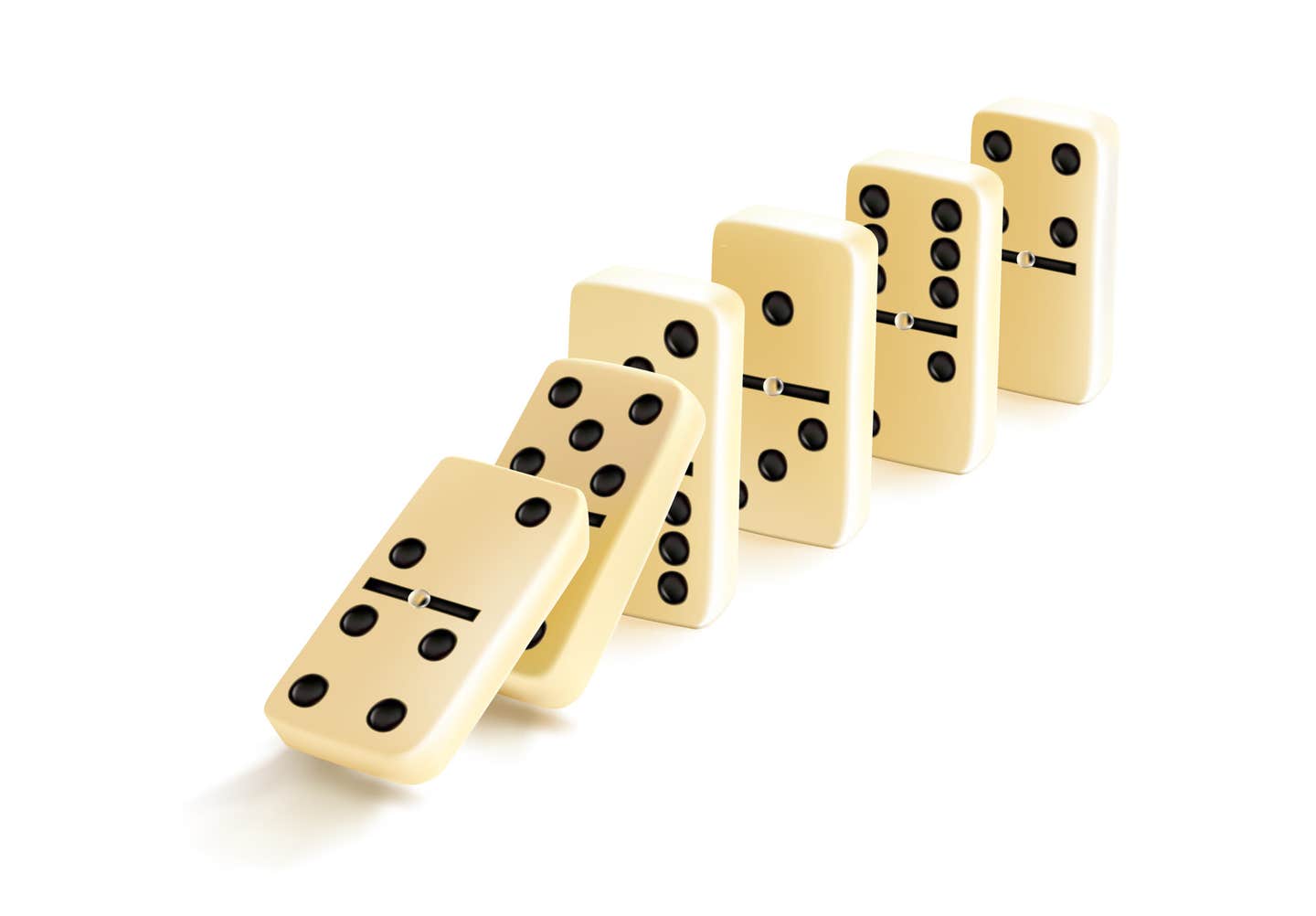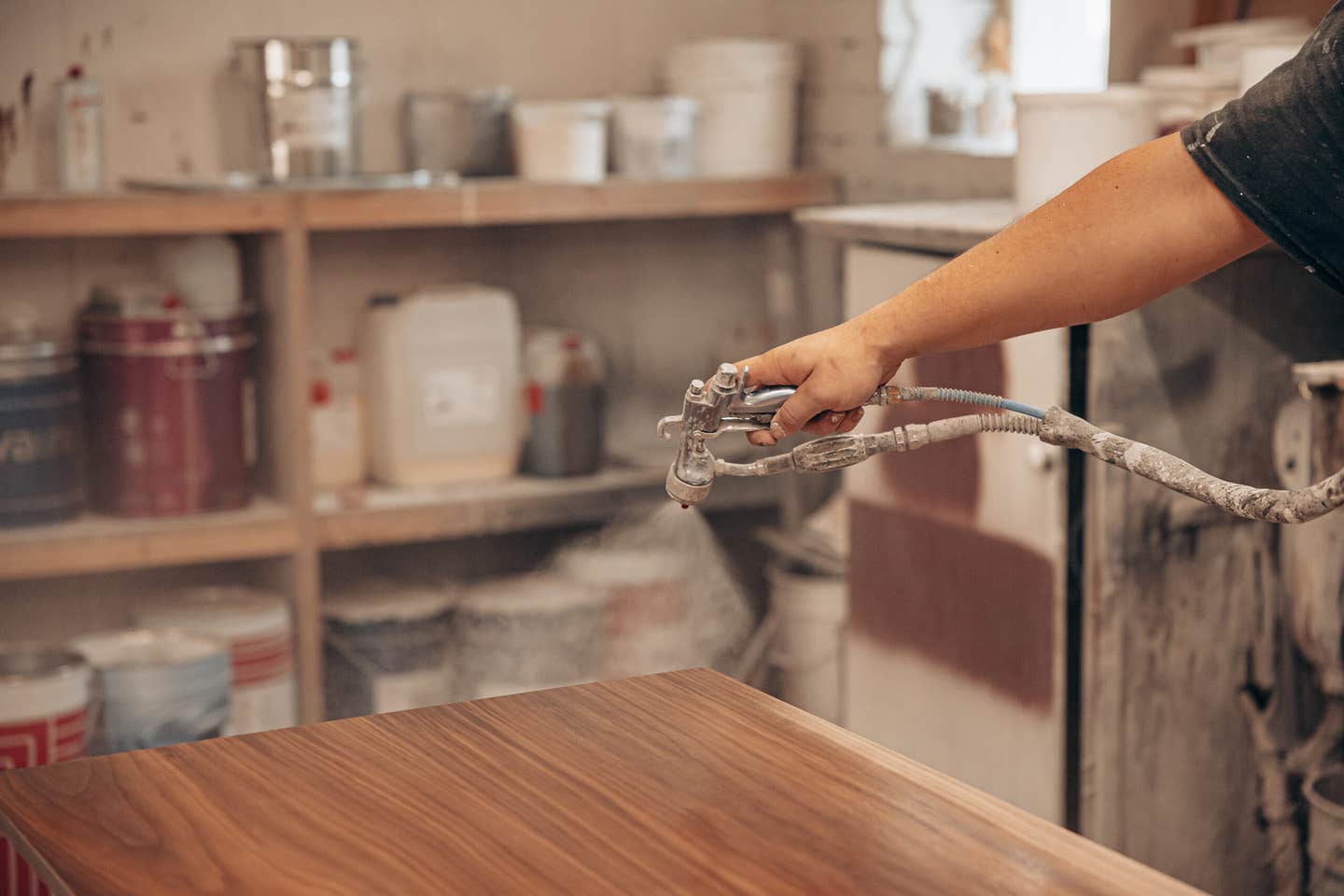When is a “nit” not a nit?
I was once given the job of producing three tables designed by a local architect. They were to be used as dining tables in three different houses he had designed….
I was once given the job of producing three tables designed by a local architect. They were to be used as dining tables in three different houses he had designed.
Two of the tables were made of maple and one was of multiple, contrasting woods (cherry, maple and walnut) used to make up two upside down U-shaped leg assemblies supporting a thick glass top. They were designed to have sliding rails in the top that could be used to support extensions.
When the architect came to look at the completed tables, he was happy with two of them but he had a big problem with the multi-wood table: the walnut pieces had a small sapwood inclusion. My immediate reaction was "umm, really?" After all, this table design was based on starkly contrasting wood tones so it never occurred to me that this small contrasting sapwood streak would do anything but complement the overall design. The architect did not agree. To him, this "nit" was a major issue and he had no qualms about making one out of it.
I got lucky on this one because the fix was pretty simple. A swipe or two with some alcohol aniline dye and the sapwood was gone. So it was not really worth making a fight of it. But it was a good example of how something that seems to be a small or insignificant detail can loom large in the eyes and mind of another.
D.D.
David DeCristoforo possesses an extensive resume as designer/maker of fine furniture, high-end cabinetry and architectural woodwork. His experience in professional woodworking spans a period of 35 years. For the past 20 years David DeCristoforo Design has been located in Woodland, California. During this time David's shop has ranged in scope from a "full on" cabinet production shop with as many as 15 employees to a small fine furniture and custom millwork shop, working with his son, David RBJ, a highly skilled maker in his own right.







